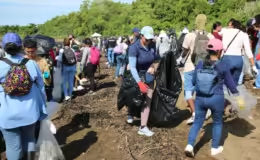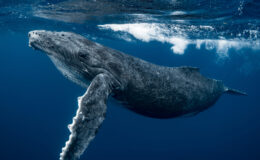Surrounded by Ocean,…How will Climate Change affect PANAMA?
- By : Panama Now
- Category : Environmental

Millions of years ago, where the narrow strip of land we now call Panama is located, there was a deep ocean. When the isthmus was formed, a cascade of global events was unleashed. Looking to the future, the isthmus could once again play an important role in global change.
When this story began, the continents of South and North America, Africa, Asia, Australia, and Antarctica, formed a single “supercontinent,” called Pangea.
Approximately 150 million years ago, Pangea began to fragment, forming the Atlantic Ocean. At the same time, a small seaway was opened, connecting the young and narrow Atlantic Ocean with the huge Pacific Ocean. This road was right where Panama is currently and flowed between the Pacific and the Atlantic for the next 125 million years, allowing the free movement of marine animals.
More recently, just 25 million years ago, a strip of underwater volcanoes in the Pacific Ocean collided with South America at the height of Panama. The highest volcanoes emerged as islands, transforming the seaway into several narrows of less depth. The fossils of Panama show that these volcanic islands were covered with lush vegetation and surrounded by coral reefs filled with fish.
Little by little, the rocks at the bottom of the sea began to rise towards the surface, slowly becoming a land bridge that reconnected South and North America. This monumental event took more than 20 million years.
When did the last drop of salt water flow between the two oceans? Scientists agree that the fully formed land bridge emerged just 3 million years ago, almost yesterday from the perspective of a geologist.
READ MORE:https://impresa.prensa.com/vivir/Panama-vez-oceano-nuevo_0_5192480746.html



No Comments